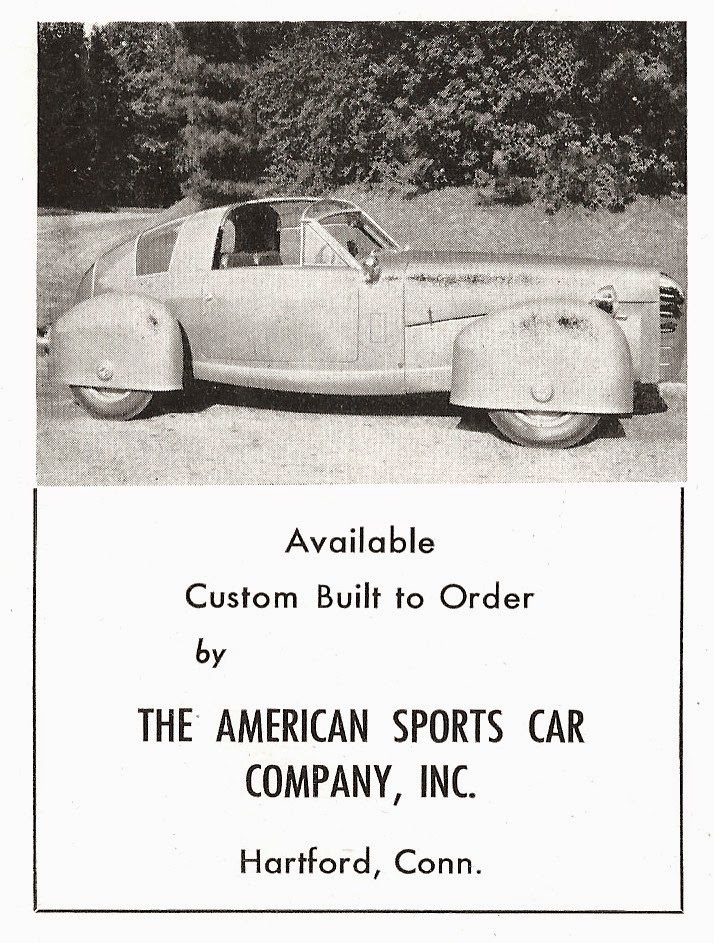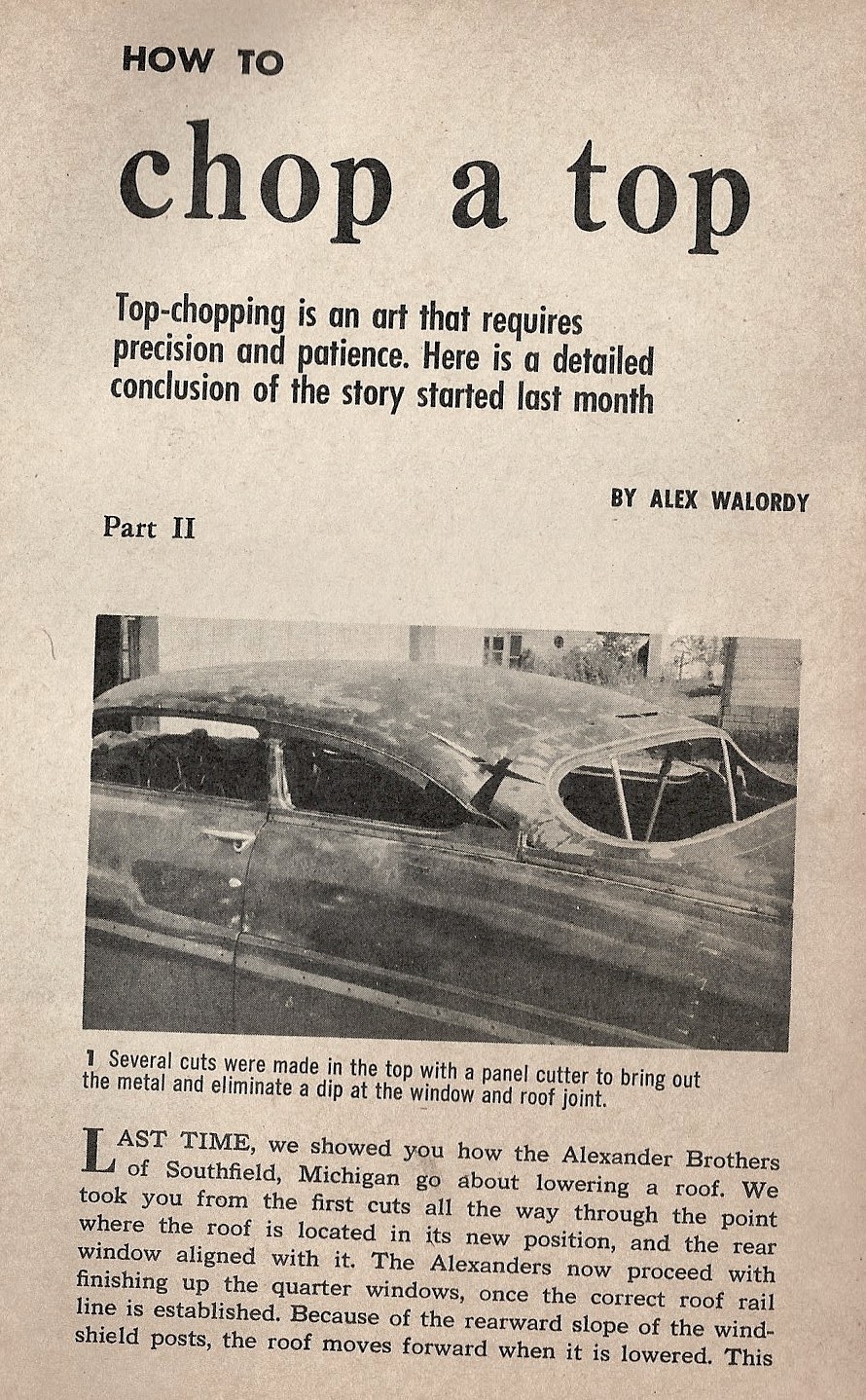The 1948 Tasco sits, like an orphaned puppy, in the Auburn Cord Duesenberg Mueseum, a prime example of too many ideas in one design.
Back in the early post-War years, manufacturers were attempting to establish what the new American public wanted in cars and other consumer goods. America was quickly becoming a "luxury" market, with the World's dominant economy and spending power. It was tough to keep up with the demand for housing, hard goods, and cars.
The Tasco (from The American Sports Car COmpany) was a stab at the upscale sports car market, combined with the excesses of American luxury. The designer, Gordon Buehrig, had a hand in several beautiful Cord and Auburn designs, timeless classics, but when he swung for the fences on the Tasco, he whiffed. He even called the project "my Edsel".
The Tasco (from The American Sports Car COmpany) was a stab at the upscale sports car market, combined with the excesses of American luxury. The designer, Gordon Buehrig, had a hand in several beautiful Cord and Auburn designs, timeless classics, but when he swung for the fences on the Tasco, he whiffed. He even called the project "my Edsel".
The pontoon fender look was immediately dated, reminiscent of the 1930's, not the high-revving upcoming '50's. But one aspect was prescient. The interior was highly influenced by modern airplane design, with levers and thrust-style composure.
You could easily imagine you were in the cockpit of some sort of Cessna trainer, with it's engine-turned inserts and even a couple of actual plane gauge casings (lower right) to accent the resemblance. The other gauges are all Stewart Warner. The lower left tach pictured seems to be a later years replacement; it's a much later time period gauge.
Even the "three on the tree" shifter makes sense. There's something about that hand positioning that smacks of flying more than a floor shift does. Or maybe it's just me. But that's exactly what I would have done.
All in all, this is a shade above "novelty" or tribute. It's a car dash, but unique to this esthetic, and a worthy achievement for a designer with an incredible resume.


















